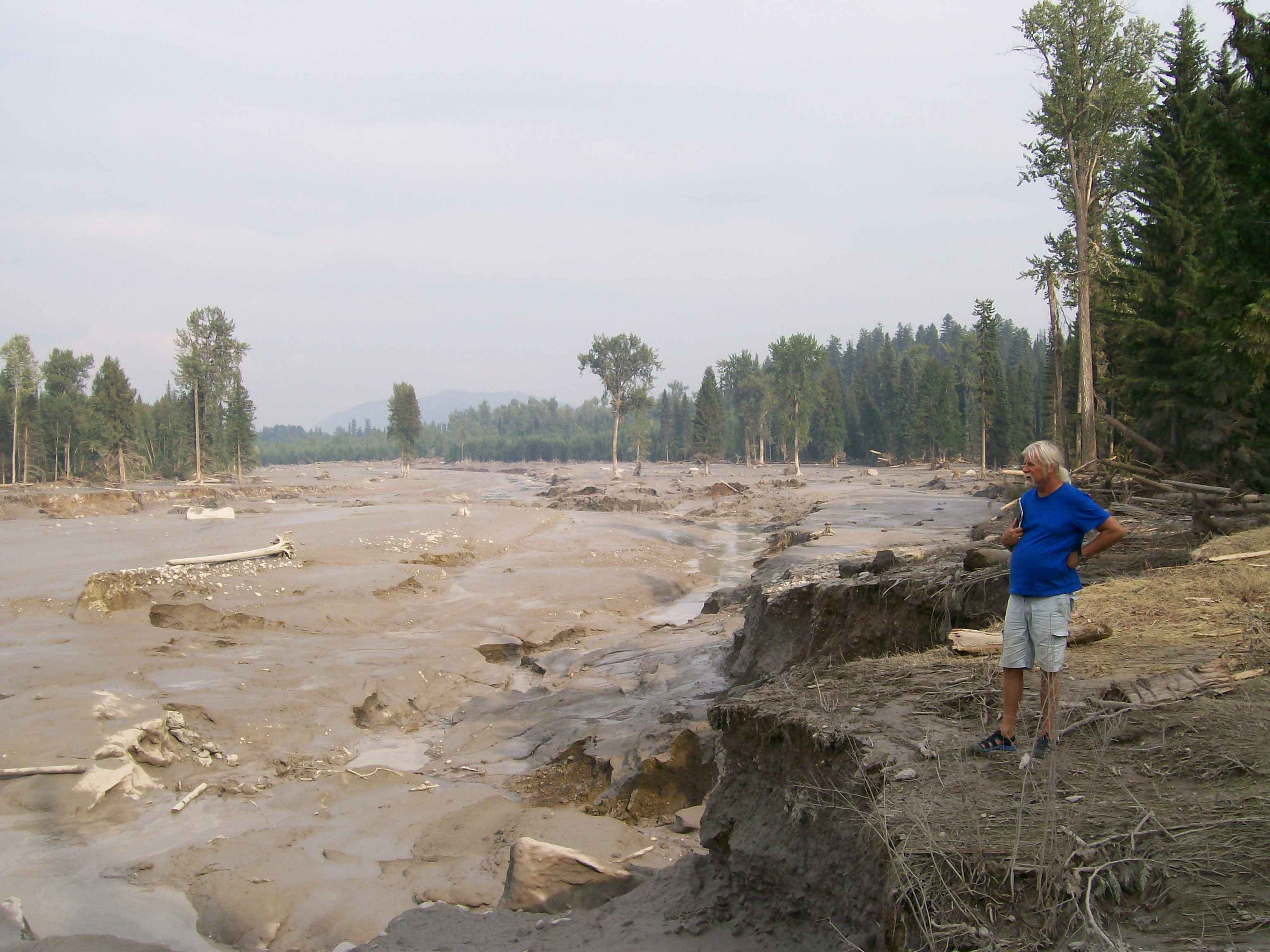Here's a set of key recommendations from various industry experts, practioners and analysts that believe catostrophic failures of mining waste facilities can be avoided if regulators take the following actions (NOT EXHAUSTIVE - additional comments welcome):
Governance:
- Safety is the priority, not costs.
- Vet out financially risky mining projects likely to cut corners and unable to afford the safest measures.
- Immediately assess all existing mining wastes facilities and dams for potential failures and financial risk analysis.
- Maintain a detailed mining waste facilities and dams inventory database accessible to public.
- End self-inspection and regulatory capture: divide the compliance and enforcement programs from the promotion programs.
- End incremental permitting by governments; one integrated analysis, all at once.
- Enforce laws when they are violated.
- Respect inherent, constitutional and international Indigenous rights, including the right to free, prior and informed consent.
Financial:
- Require detailed bankable feasibility studies prior to Environmental Assessment and/or permitting, with detailed costs analysis of failures.
- Require adequate securities paid up-front to safeguard taxpayers and communities for clean-up costs at closure and for perpetual care of site.
- Establish a national or international insurance pool paid by the industry for catastrophic failures.
- Require proper reddress mechanisms for the environment and the victims of a failure.
Technical:
- Ban dangerous mining waste facilities located upstream from communities and sensitive areas.
- Ban dangerous ‘upstream-type’ and cascading dams in favour of safer centreline (not modified-centreline) and downstream dams (better) to retain wastes (e.g. Chile)
- Ban large water covers at closure (dry closure, with dry covers).
- Ban mining waste facilities requiring perpetual (or long-term) water treatment.
- Ban subaqueous disposal of mining wastes into rivers, lakes or oceans.
- Ban clay foundation and slime deposits in or near dams' structures.
- Ban penstocks and pipes through tailings and dams.
- Require Best Available Technology (BAT), shifting away from conventional, wet slurry mining wastes disposal with water covers to safer, drier methods.
- Require integrated approaches to mining waste management, such as desulfurization, co-disposal, underground filling, in-pit filling, smaller mining waste cells restored quickly, etc.
- Require a qualified 'talings manager' and a 'water manager' on-site accountable to the regulator and the public.
- Require an Independent Engineer of Records accountable to the regulator and the public.
- Require Independent Tailings Review Boards (ITRB) accountable to the regulator and the public.
- Require a 'security factor' of at least 1.5 for the mining waste facility operation.
- Require dam slopes of at least 2 to 1 (2:1) or 3 to 1 (3:1), and possibly even flatter at closure or in high risk zones.
- Require dam design for a Probable Maximum Flood (PMF), particularly in the context of climate change and increased uncertainty
- Require dam design for a Maximum Credible Earthquake (MCE), generally 1 in 10,000 years or more
- Require detailed site characterization prior to design and construction (e.g. APEGBC Guidelines)
United Nation Environment Programme Report (UNEP 2017)
- Summary https://miningwatch.ca/sites/default/files/2017-10-unepgrid-minetailingssafety-summary_0.pdf
- Full Report https://miningwatch.ca/sites/default/files/2017-11-unepgrid-minetailingssafety-finalreport_0.pdf
- International Coalition Release https://miningwatch.ca/news/2017/11/13/new-report-un-body-alarmed-mining-waste-disasters-worldwide
Growing trends of serious and catastrophic mining waste failures worldwide (Bowker & Chambers 2016 & 2017):
- http://www.mdpi.com/2076-3298/4/4/75
- https://miningwatch.ca/sites/default/files/bowkerchamber2016conferencepaper_0.pdf
- https://miningwatch.ca/sites/default/files/2017-08-emmc-figure1.pdf
- In Canada 2008-2017: https://miningwatch.ca/sites/default/files/2017-08-knownfailurescanada_0.pdf
DIAC Compilatio of Engineering Practice References for Dam Safety Best Practices (DIAC 2017): https://miningwatch.ca/sites/default/files/2017-diac-engineering-practice-references_0.pdf
Canadian Dam Association Safety Guidelines (CDA 2013, currently being reviewed, not yet released): https://www.cda.ca/
Site Characterization for Dam Foundations of the Association of Professional Engineers and Geoscientists of BC (APEGBC 2016): https://www.egbc.ca/News/Articles/Site-Characterization-Guidelines-Improve-Dam-Safet or https://miningwatch.ca/sites/default/files/2016-apegbc-site-characterization-dam-foundations.pdf
Tailings Management Protocol of the Mining Association of Canada (2017): http://mining.ca/towards-sustainable-mining/protocols-frameworks/tailings-management-protocol
Recommendations from the Mount Polley Expert Review Panel (2015): www.mountpolleyreviewpanel.ca/final-report
Recommendations from the BC Chief Inspector of Mines (2015): http://mssi.nrs.gov.bc.ca/1_CIMMountPolley/BCMEM-report-3_04-web.pdf
Recommendations from the BC Auditor General (2016): www.bcauditor.com/pubs/2016/audit-compliance-and-enforcement-mining-sector
Recommendations from economist Robyn Allan on financial assurance for failures & spills (2016): https://miningwatch.ca/sites/default/files/toward_financial_responsibilty.pdf
Recommendations from Jack A. Caldwell, Robertson Geoconsultants (2016): https://miningwatch.ca/sites/default/files/2016-12-caldwell-tailings-failures-how-avoid.pdf
Recommendations from Amnesty International Canada (2017): www.amnesty.ca/news/breach-human-rights-human-rights-impact-mount-polley-mines-disaster-british-columbia
